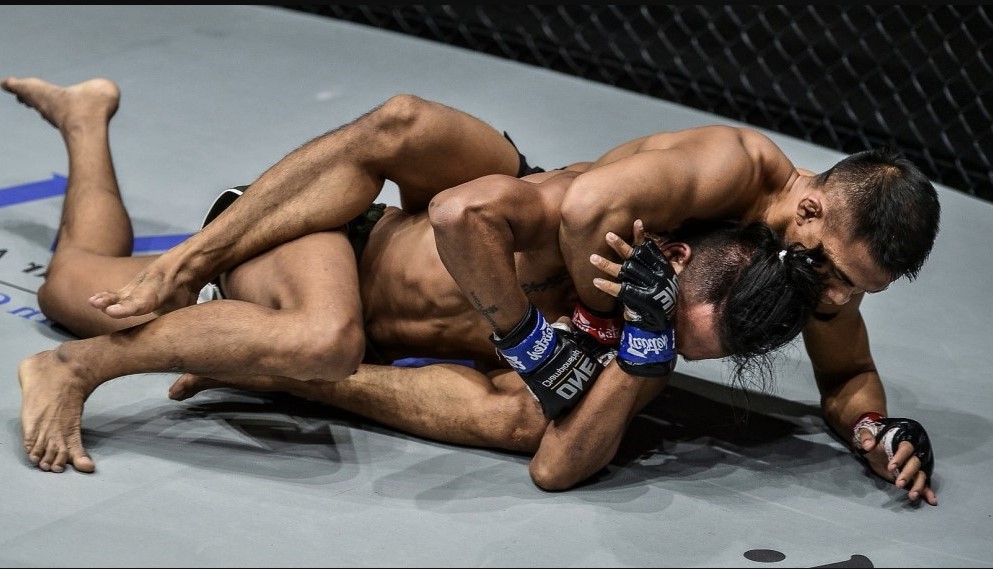
In the world of mixed martial arts (MMA), fighters must possess a well-rounded skill set to excel. Among the various disciplines, groundwork grappling techniques play a vital role in determining the outcome of a fight. In this blog, we will explore the fundamental aspects of groundwork grappling in MMA and delve into the techniques that can help fighters dominate the ground game.
The Importance of Groundwork Grappling in MMA
Groundwork grappling refers to the techniques used when a fight transitions to the ground, where fighters utilize grappling, submission holds, and positional dominance to gain an advantage over their opponents. It is a crucial aspect of MMA, as the ground is where many fights are won or lost. Developing solid groundwork skills can significantly enhance a fighter’s chances of success.
Positional Control
a. Mount: Achieving the mount position allows a fighter to control their opponent by sitting on top of them, effectively immobilizing their movement and providing opportunities for strikes or submissions.
b. Side Control: This position involves pinning an opponent’s back to the ground while controlling their body. From here, a fighter can transition to other advantageous positions or apply for submissions.
c. Back Control: One of the most dominant positions in groundwork, the back control allows a fighter to secure their opponent’s back, rendering them vulnerable to chokes and positional control.
Submission Techniques
a. Rear Naked Choke: This submission involves applying pressure to an opponent’s neck by wrapping one arm around their throat while securing the position with the other arm.
b. Armbar: By isolating an opponent’s arm, a fighter can hyperextend the elbow joint, forcing a tap-out or potential injury.
c. Triangle Choke: This technique involves using the legs to create a triangular lock around the opponent’s head and arm, exerting pressure on their neck and cutting off blood flow.
d. Guillotine Choke: Utilizing the arms to trap the opponent’s head and neck, this submission can quickly force a tap-out or render an opponent unconscious.
Ground-and-Pound
Ground-and-pound techniques are crucial in MMA, allowing fighters to strike their grounded opponents effectively. Techniques such as punches, elbows, and hammer fists are commonly employed to inflict damage and create openings for submissions.
Transitions and Sweeps
a. Guard Passes: Fighters aim to pass their opponent’s guard, a defensive position on the ground, to achieve more dominant positions.
b. Sweeps: These techniques enable a fighter on the bottom to reverse the position, gaining the upper hand and potentially transitioning to a dominant position or submission.
Training and Drilling
Developing proficiency in groundwork grappling requires consistent training and drilling. Working with experienced coaches, practicing specific techniques, and participating in sparring sessions will help refine skills, improve timing, and enhance the overall ground game.
Conclusion
Groundwork grappling techniques in MMA are essential for success in the sport. By mastering positional control, submission techniques, ground-and-pound, transitions, and sweeps, fighters can dominate their opponents on the ground. Remember, becoming proficient in groundwork grappling requires dedication, discipline, and continuous training. So, whether you are a seasoned fighter or just starting your MMA journey, invest time and effort into honing your groundwork skills to gain a significant advantage in the cage.
